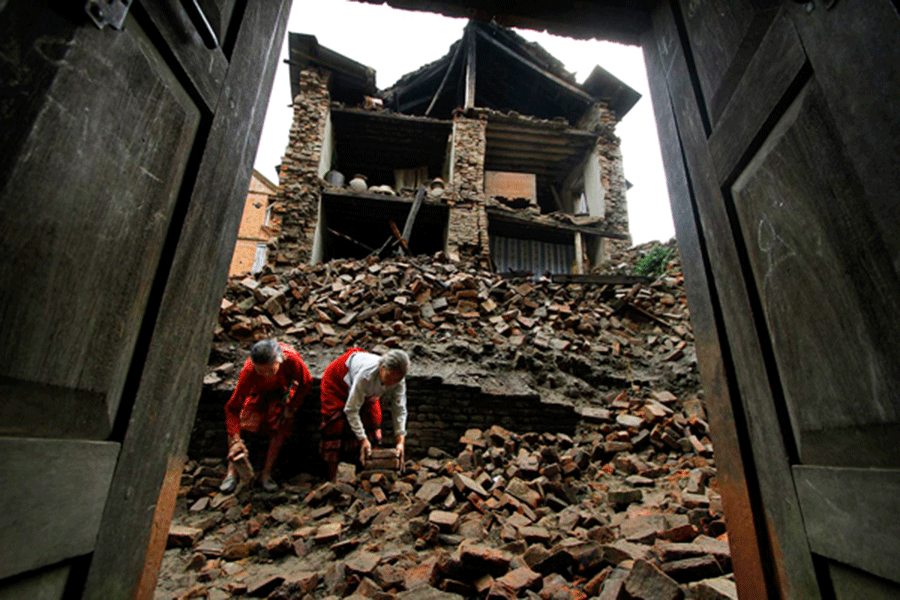Major Damage in Nepal
A powerful earthquake took place in Nepal, near the capital of Katmandu, killing more than 1,900 people. The earthquake flattened sections of the city’s historic center, and trapping dozens of sightseers in a 200-foot watchtower that came crashing down.
Officials say that Nepal faced the earthquake on Sunday, April 26, 2015, in the morning. They say that most of the deaths occurred in Katmandu and the surrounding areas and that more than 4,700 people were injured. The earthquake expanded to most of the subcontinent. It set off avalanches around Mount Everest, where at least seventeen climbers died.
The earthquake had a magnitude of 7.8, and struck shortly before noon. The residents of Katmandu ran into the streets and other wide-open spaces and the buildings fell down creating piles of debris and dust. The earthquake caused wide cracks in the streets and walls in the city’s buildings.
Seismologists have expected a major earthquake in western Nepal, where there is pressure from the grinding between the plates. The most damage on Saturday, April 26, 2015, occurred in the oldest part of Katmandu, where temples and palaces were made of wood and brick. The most breath taking architectural loss was the nine-story Dharahara Tower. The police said that they pulled about sixty bodies from the rubble of the tower.
For years, many have worried about an earthquake of this magnitude in western Nepal. As night fell on the 25 of April, the people still felt aftershocks and heard screams. Many residents sat on roads, afraid to go back indoors, insisting to spend the night out in the cold. Thousands of people were crammed inside the city’s parade ground. The city’s shops were running out of bottled water, dry food, and telephone chargers. Towards the evening, the hospitals were trying to fit the huge crowd of patients and were running short of supplies.
The death toll is expected to rise as officials get information from the countryside that makes up most of Nepal. The mountains that define Nepal make it difficult to deliver relief, though international efforts are in full swing. Aftershocks are also complicating operations. A team of 260 emergency responders was about an hour away from departure at Israel’s Airport when an aftershock in Kathmandu delayed its departure.
The U.S. Agency for International Development’s Disaster Response Team, made up of 54 urban search and rescue specialists from Fairfax County, Virginia, and a few dogs as well, were headed to Nepal on Sunday on a military transport plane. The dogs are trained to find signs of life in rubble after a disaster, the trip was expected to take about 24 hours, reducing the precious hours left in which survivors are likely to be found.

My name is Peyton Stoike. I’m a senior at AHS. I’ve played for the high school softball team since my freshman year. I’m a very good student, and...











